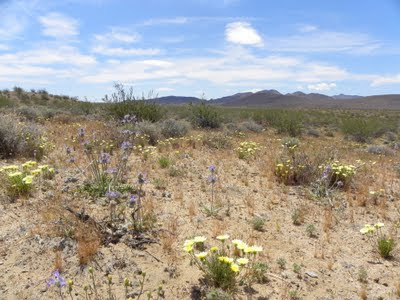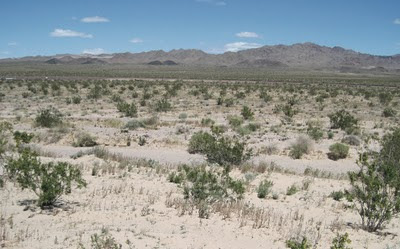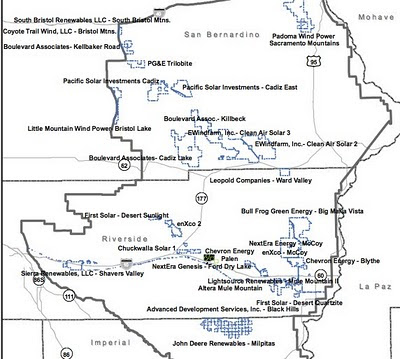Big Solar Seeks Path of Least Resistance

The California Energy Commission (CEC) on 14 December will meet to consider a proposed decision that would allow solar companies to select whether to submit to local or State (CEC) review when building large photovoltaic solar facilities on public land. This is important in the near term particularly for the Ridgecrest Solar power project, a proposed facility that would decimate a Mohave ground squirrel connectivity corridor and a robust desert tortoise population. In the long term, the rule change would give big solar companies the ability to choose what they think will be the path of least resistance to build projects that destroy vast swaths of public land. Although the CEC has previously opposed the Ridgecrest project, it's approval of several other projects has earned it a reputation as the place where solar companies go for fast-track approval that often ignores environmental and cultural destruction. It's this reputation that makes people ne...






